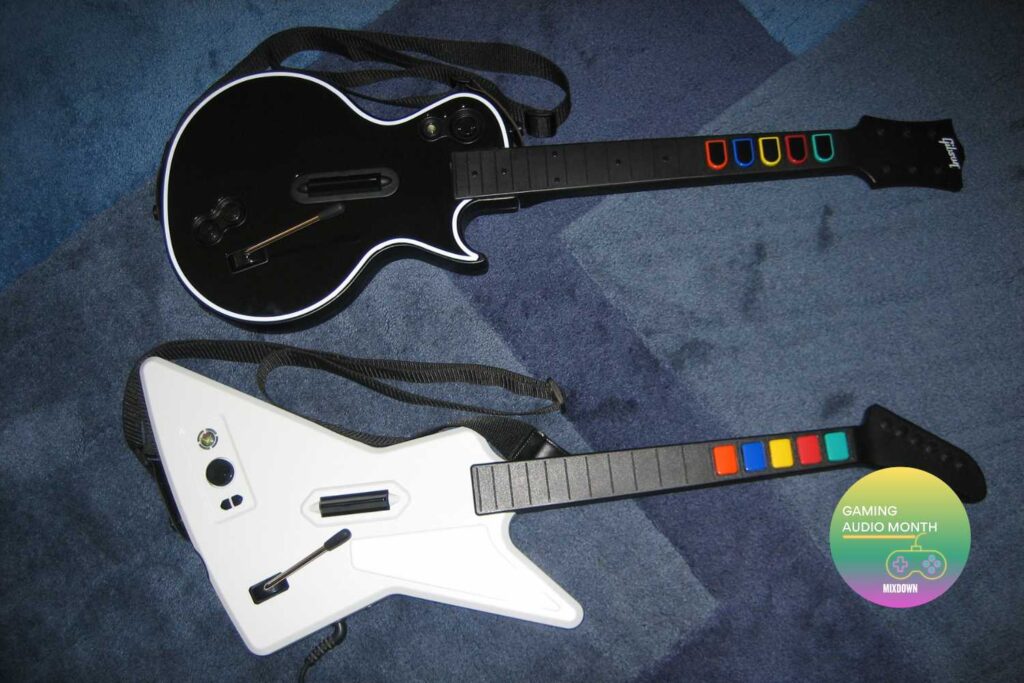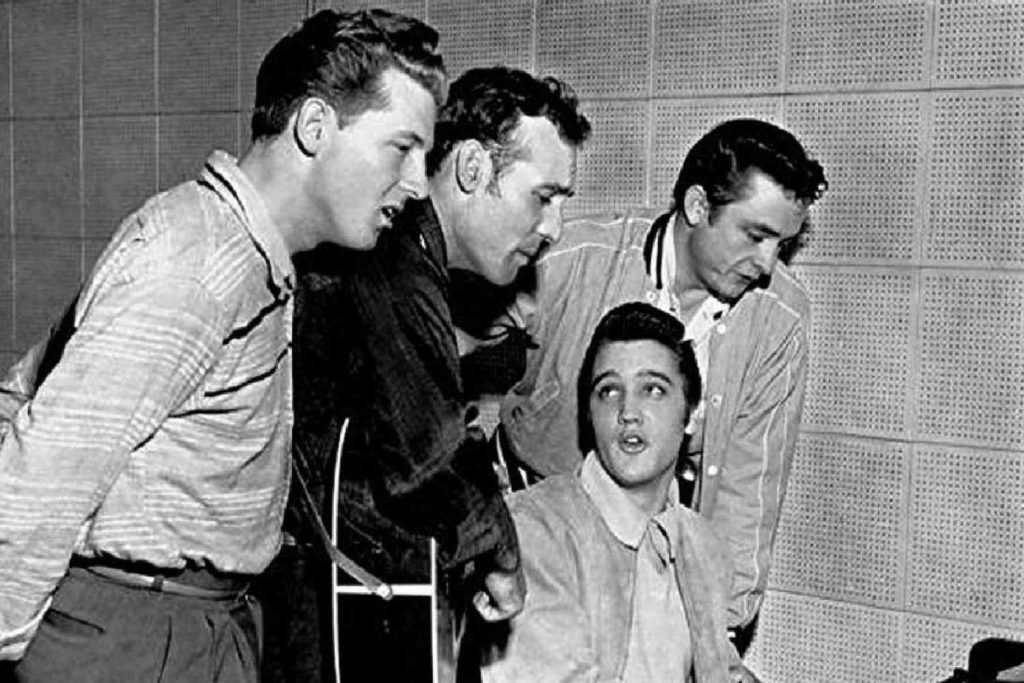There’s good news and bad news here. The bad news is that in reality, the best exercises to improve technique can be boring. The good news is that they’re great for you. I’ll tell you more about what can make the below exercise more interesting but for the moment, let’s discuss the boring basics.
These exercises are based around super simple rhythms and rudiments focusing on correct technique and clear, precise strokes. For the purposes of this article, we’re going to play each of the exercises just using wrist strokes rather than fingers or other motions. The idea here is to be able to strengthen the hands and promote the ability to play on any surface. For example, the snare drum is often tuned the highest and therefore has more natural rebound to the toms, which by contrast tend to have less rebound as the drums get bigger and heads tuned lower. Ever tried playing a double stroke roll on your snare drum/pad and then the floor tom? Worlds apart.
Figures A, B and C are super simple and should sound the same. We have four preliminary single strokes as 8th notes followed by the three basic rudiments as a burst of 16th notes. The 8th notes give the wrists a break to then prepare for the faster 16ths. At slower tempos, be mindful to be very deliberate and play at a range of dynamic levels – louder is okay as larger strokes require more work, so this is good. As the tempo increases, you might find the strokes naturally get softer and this is natural based on shorter strokes equalling more speed. Trying to play louder is still good though. Again, only use wrists to really work that muscle gear. You can also try the whole exercise/s as finger strokes if you wish or beginning on the opposite hand.

Figure D is a little self-contained exercise that allows for swapping the lead hand every bar. You’ll notice that the rhythm is the same as our initial exercises but the sticking is different. The preliminary strokes on the one hand are followed by singles strokes in the opposite hand. The next bar is vice versa. As before, the preliminary strokes give you a little break but as the tempo increases, the break is short and harder than before.
My final exercise is a common idea and this is to perform gradually increasing numbers of strokes on a single hand. Some drummers do this starting at one stroke per hand, then two strokes, three, etc. This exercise simplifies things a little.
Begin with four strokes per hand – again, all wrists at a comfortable tempo. Then, move to eight strokes per hand. If the strokes feel strained or difficult, don’t increase tempo and where necessary, decrease tempo until comfortable. You must have a base camp/starting point. When ready, move to 16 strokes per hand (a full bar) and then 32 strokes per hand (two bars). When you feel up to it, do the whole thing again with a set amount of bars per hand. It’s great when you can do this quickly. Try all wrists but also with fingers if you want to work those gears.
To spice up your life, you can try adding foot pattern/s. You can make it something simple like four bass drums a bar or alternating feet if you wish. As the tempo increases, you might prefer your feet to play half time so it feels more natural. How crazy you make the foot patterns is up to you. Go nuts.







